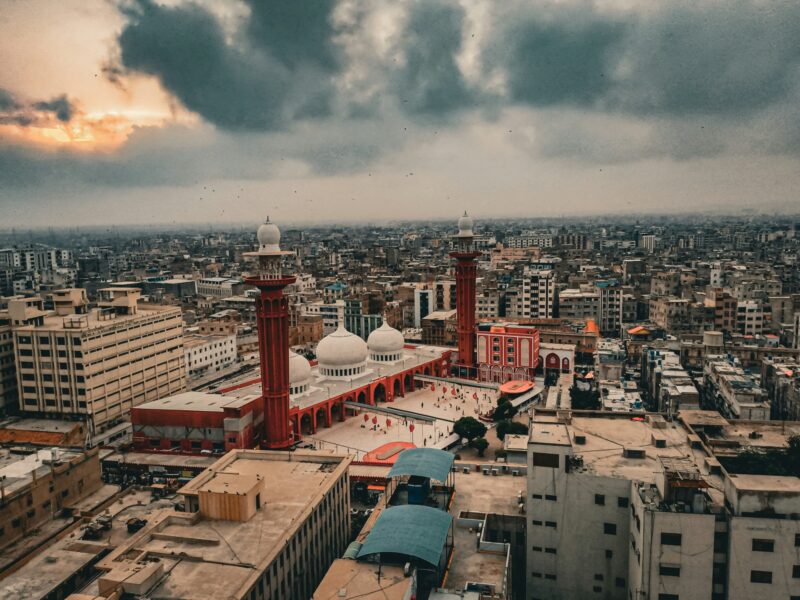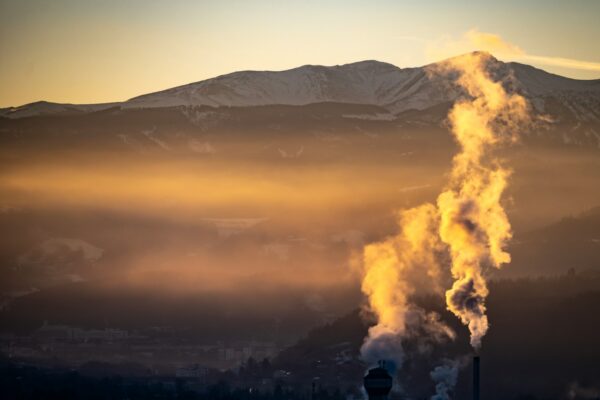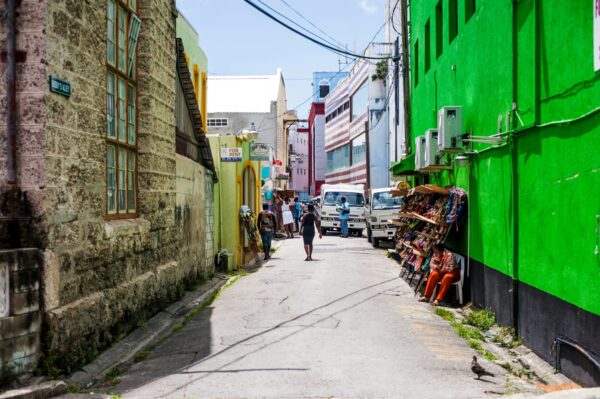
With peak summer still ahead, parts of Pakistan are already sweltering at 50°C Here, climate change is no longer a distant warning—it is the lived reality. The 1.5°C warming limit set by the 2015 Paris Agreement was not just a political milestone but a scientific red line, grounded in rigorous research. Scientists warned that surpassing this limit would trigger widespread and irreversible harm—especially for the world’s poorest. Today, we are witnessing the consequences of that warning.
And nowhere is this more evident than in Pakistan.
2024: The hottest year on record
Since 1980, each decade has been successively warmer. In 2024, the global mean temperatures averaged above 1.5°C for the first time. For Pakistan, one of the Earth’s hottest countries, this means increasingly frequent, intense, prolonged and deadly heatwaves.
Heat is not new here: communities have successfully adapted to different levels of harsh heat for centuries. But today’s extremes go far beyond seasonal discomfort, pushing survival limits. Peer-reviewed scientific studies had long predicted that Pakistan would face deadly heat conditions even at 1.5°C warming. This prediction is now a reality.
Heatwaves: The silent killers we fail to count
Heatwaves are known as “silent killers” due to their hidden impacts. Official figures often fail to reflect the true toll because deaths triggered by heat, like heart attacks or strokes, are frequently recorded as an unrelated medical issue. For example, a laborer collapsing from heat exhaustion might be recorded as a “slip and fall”. An elderly patient’s death may be recorded as cardiac arrest rather than heat-related As a result, the role of heat in all such cases is invisible on paper.
Karachi’s heatwave: 2015 vs. 2024
In 2015, Karachi experience a severe heatwave worsened by humidity and power outages, killing over 1,200 people. That disaster prompted the development of heat action plans. But nearly a decade later, the gaps remain wide.
In June 2024, Karachi faced another deadly heatwave with even higher levels of heat and humidity. The Edhi Foundation, which runs Pakistan’s largest ambulance service, reported receiving 568 bodies in the city over just five days through June 25, up from an average of about 40 per day. Yet the Provincial Disaster Management Authority stated that only 56 deaths in June were heat-related.
This discrepancy raises some uncomfortable questions. Scientific data confirms that the heat stress levels did cross human survivability thresholds in June 2024. This disparity raises critical questions: how many more died unnoticed, without official acknowledgment? Without comprehensive data from hospitals, the scale of this crisis remains unknown, hindering effective response.
Amnesty International’s recent report confirms extreme climate event fatalities, including heat, are severely underreported in Pakistan.
Relying on the sun in heatwaves
Pakistan’s electricity transmission system is fragile, especially during extreme heat. Power outages during the 2015 and 2024 heatwaves left people without fans or cooling. In response, many households turned to solar energy. In 2024 alone, Pakistan imported 22 gigawatts of solar panels – an astonishing figure given Pakistan’s total installed capacity is 46 gigawatts.
This shift to renewables wasn’t policy-driven but a survival strategy born of necessity. One poignant case involves Shafqat Hussain, whose mother nearly died during a 28-hour power outage during a heatwave. That near-tragedy prompted him to install solar panels at home. Countless more households are doing the same.
Taxing a lifeline
In a policy move that defies any logic or compassion, the government announced that it would impose an 18 percent import tax on solar panels. This move is not just poorly timed; it is dangerous. For the poor, who are most vulnerable to the extreme heat and least able to afford any alternatives, solar is not a luxury. It is a lifeline. This tax risks moving that lifeline out of reach.
Stranded fossil fuel plants: Pakistan’s energy dilemma
Pakistan’s energy sector reflects years of poor planning. Despite warnings by the global experts about fossil fuel projects becoming stranded assets due to cheaper renewables, successive governments in Pakistan opted for expanding fossil fuels projects. Now, Pakistan has excess power generation capacity but remains unable to deliver electricity reliably. The government is locked into costly “capacity payments” to private fossil fuel investors, even when their electricity is not used.
Meanwhile, people suffer through deadly blackouts. This is a classic case of short-term thinking leading to long-term failure.
The real crisis: acknowledgement
Pakistan stands at the frontline of the climate crisis, a situation worsened by inadequate planning and reliance on fossil fuels. Aggressively phasing out fossil fuels must become central to efforts aimed at securing a safer and sustainable future. However, the real challenge extends beyond rising temperatures to how we respond. When heat-related deaths go unreported, policies remain ineffective, and individuals are left to cope alone, we lose more than lives—we lose trust in governance. It's imperative we embrace honesty in data collection, compassion in policy-making, and urgency in action. Because climate change isn’t just a concept. This crisis is real, it’s here, and it’s killing people—quietly, but surely.












